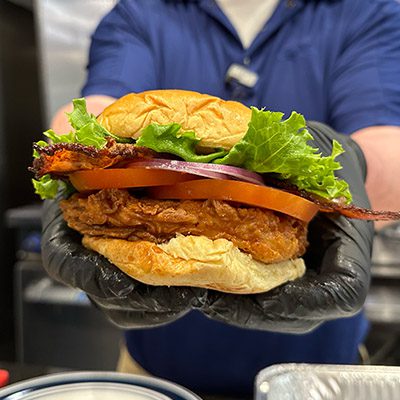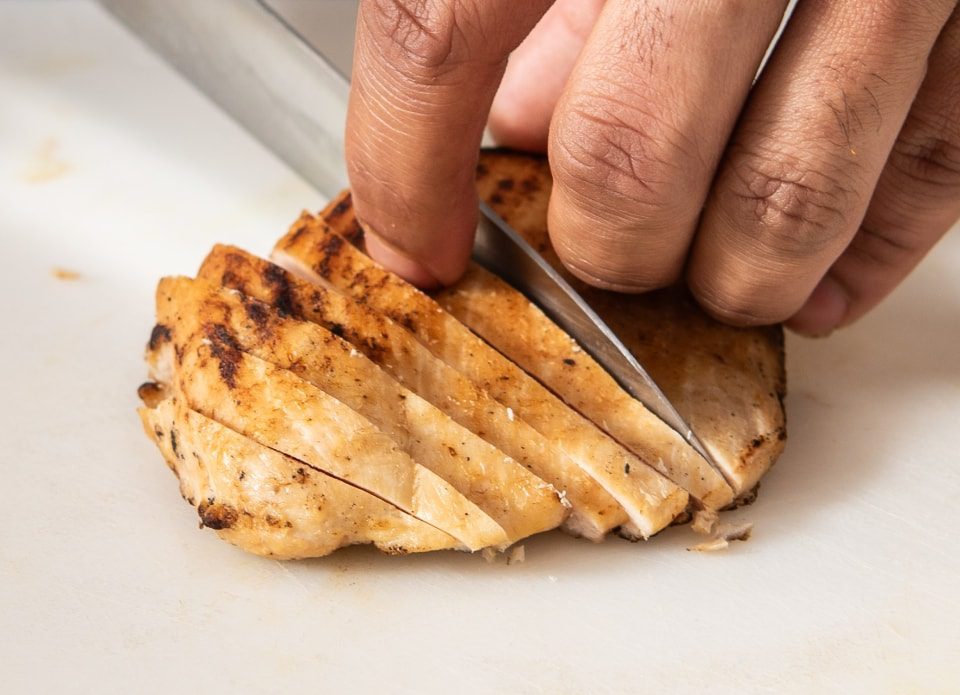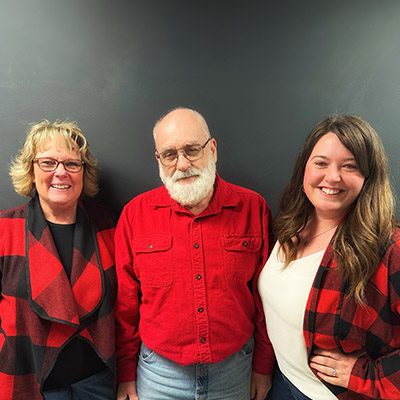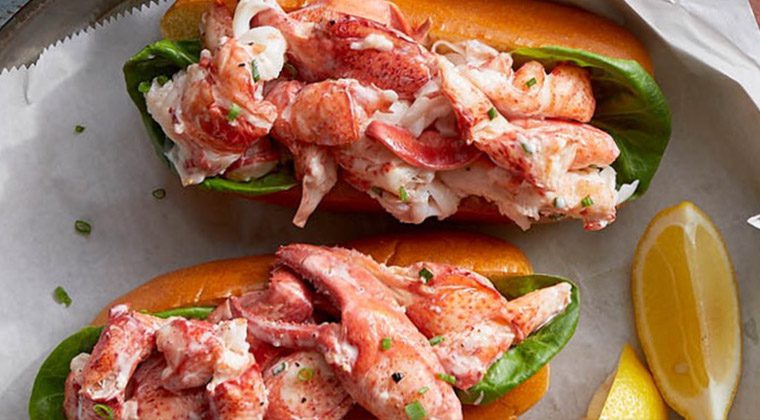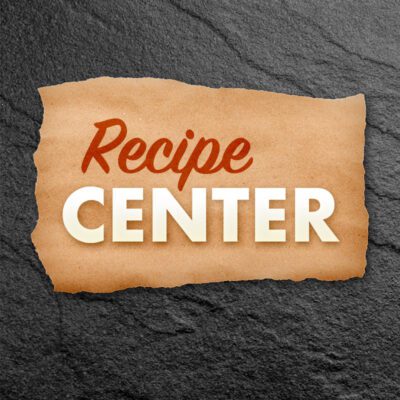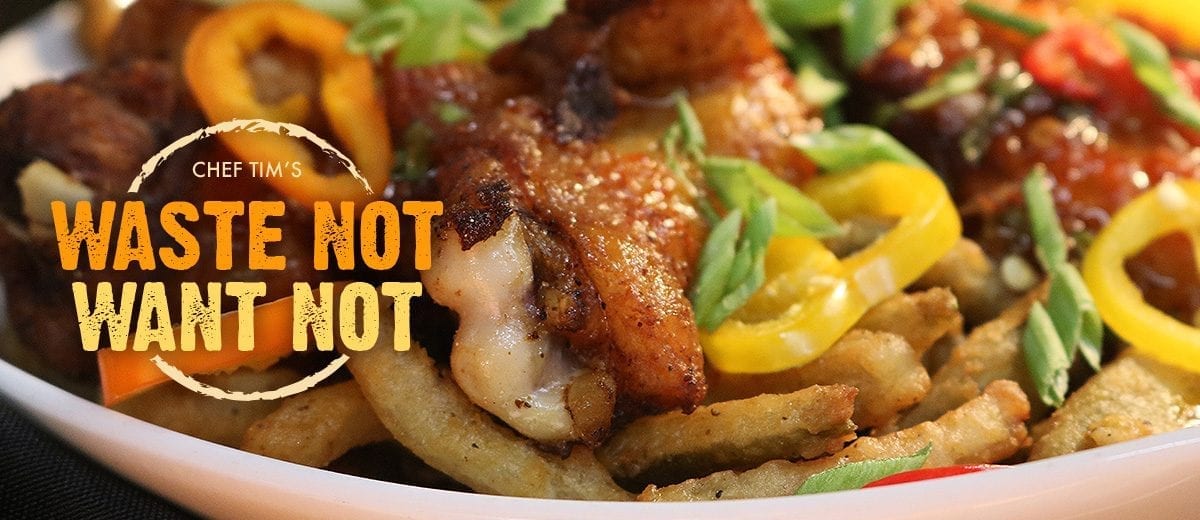
Introduction to “Waste not, want not.”
The reduction of food-waste is a trend that has extended beyond homes and into foodservice.
Driven by the same consumers calling for local, organic, farm-to-table and eco-friendly offerings the common thread is a desire for sustainability. By focusing on your food use, specifically what you may not be using, we can improve the profitability and the sustainability of your menu.
From time to time we’ll explore many topics in the WNWN arena, such as the use of “scraps,” or leftovers and the proper methods taken to make sure they are a safe product to transform into a new dish. Together, we’ll look at ways to improve your bottom line and resonate with trending consumer sentiment.
View the WNWN Series
